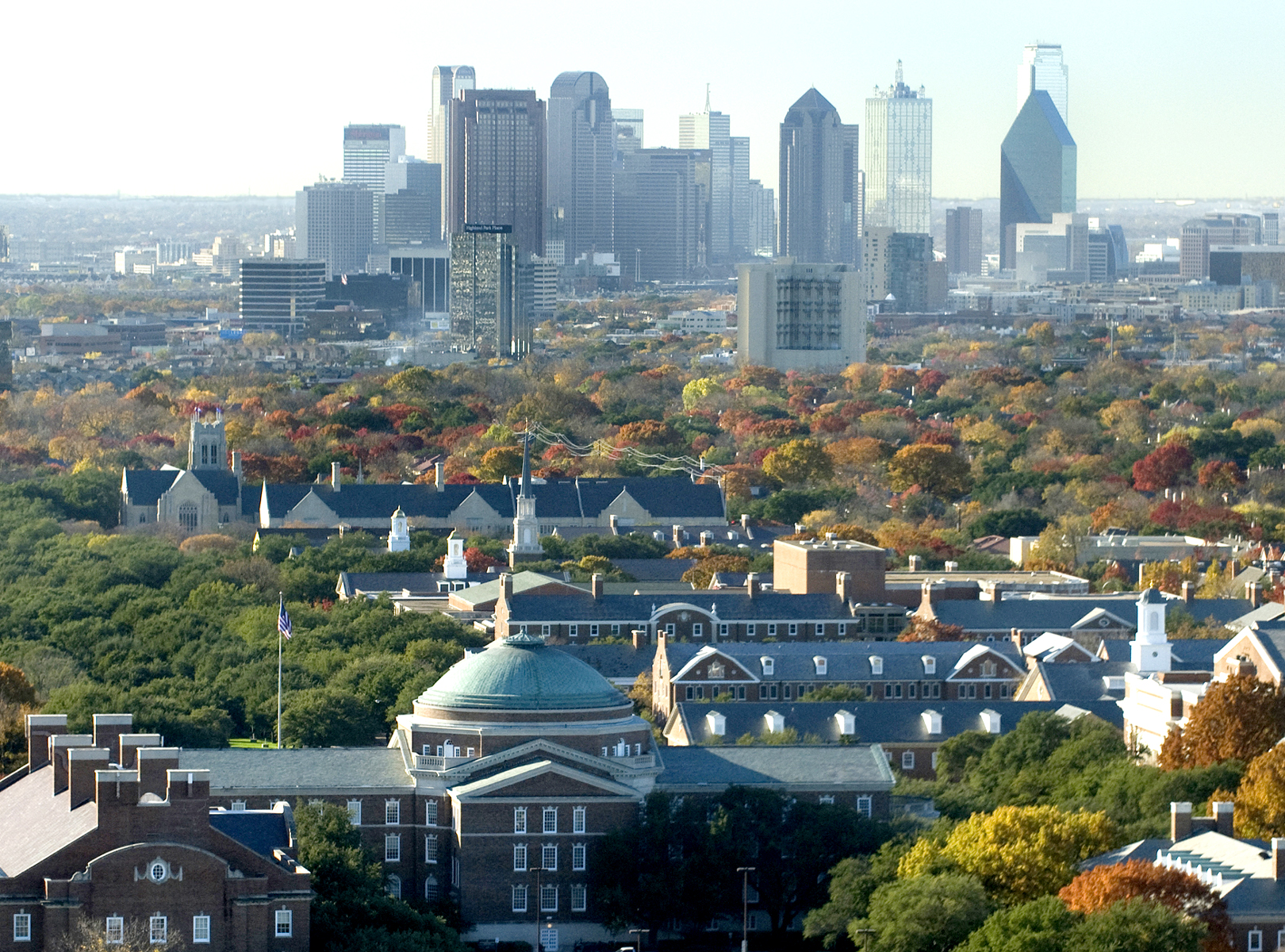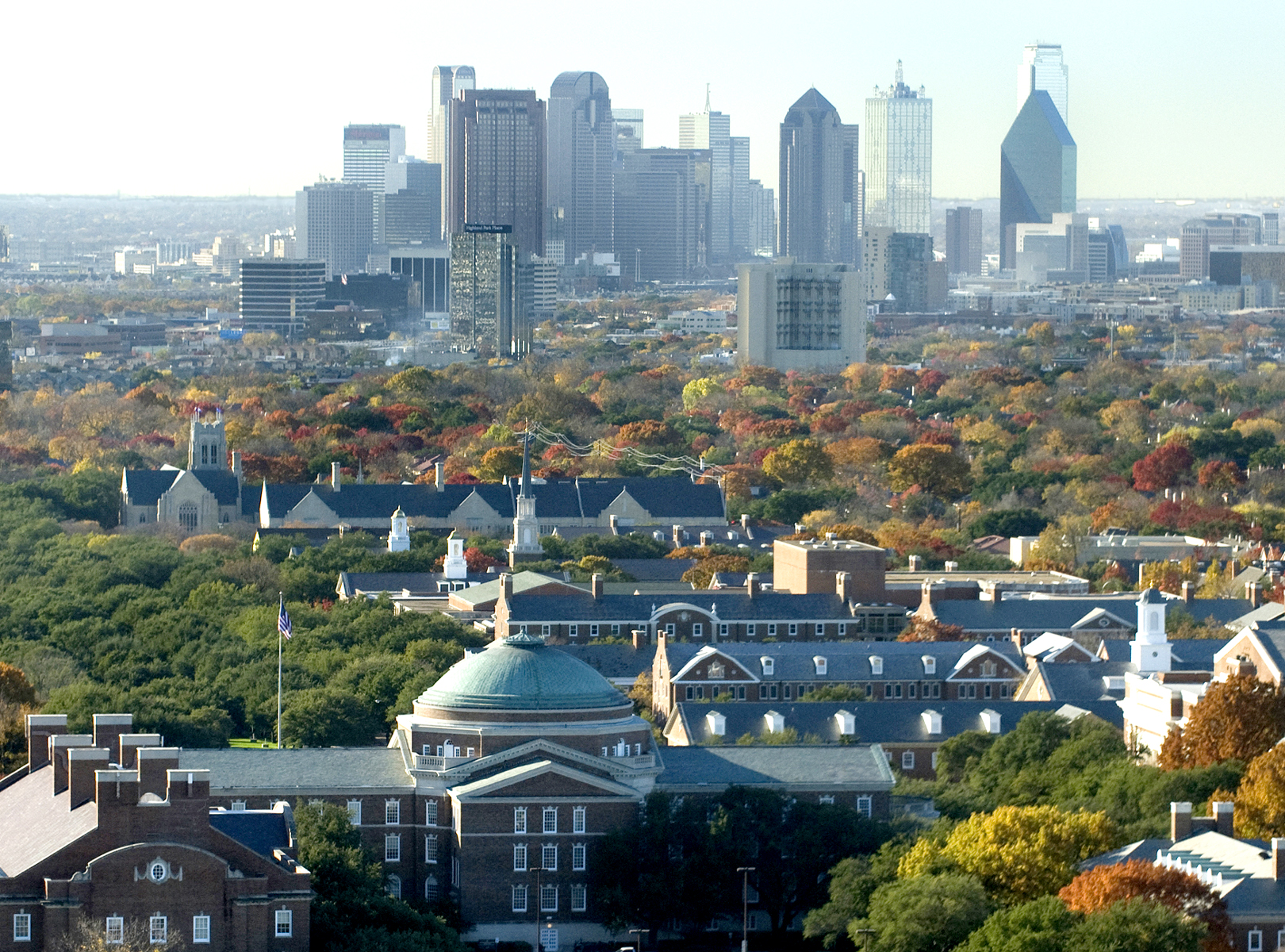SMU’s New Arts Vision
How SMU Meadows got itself out of the studio and into the streets of Dallas.

By Peter Simek

Lowe is one of the foremost practitioners of what is known as socially engaged art, and in 2013 he started a community-based art project in Vickery Meadow as part of Nasher Xchange, the Nasher Sculpture Center’s citywide public art initiative. Lowe was still in town teaching a class at SMU, and he had invited me to the storefront that serves as the headquarters for his project to introduce me to Tania Bruguera, another artist whose work sometimes blurs the line between art and activism. Bruguera was also in town because of SMU, having received the university’s Meadows Prize in 2013. We didn’t know it at the time, but just a few weeks after meeting up during the height of the Ebola scare, Bruguera would herself be swept up into the international headlines after she was arrested and imprisoned in Cuba for one of her public performances.
But on this day, the artists were simply trying to organize a performance art piece in Dallas. After about 10 minutes, a group of students took up nervous positions in a half-circle of folding chairs. They were herded by Noah Simblist, the chair of the art department at SMU and an artist, writer, and curator in his own right whose work is deeply engaged in social issues. Bruguera explained her plan. She was collecting signatures for a petition drive. She hoped to eventually deliver the signatures with a letter to Pope Francis, urging the pontiff to grant all of the world’s migrants Vatican citizenship, thus removing them from legal limbo.
It was a pipe dream, of course. That was pretty much the point of the art piece. Nonetheless, Bruguera met a wary audience. The art students weren’t exactly jumping out of their chairs to spend a hot afternoon milling about a Fiesta grocery store parking lot angling for John Hancocks. In spite of their reluctance, however, a broader point seemed to sink in: here were two of the world’s most well-known contemporary artists, and they were meeting them in a dingy strip center in a neighborhood that felt like a war zone, proposing a project that looked and sounded nothing like what goes on in the art studios back on the SMU campus. In addition to the political-religious satire Bruguera was scheming, the class learned an important lesson in just how difficult it can be to define what art actually is.